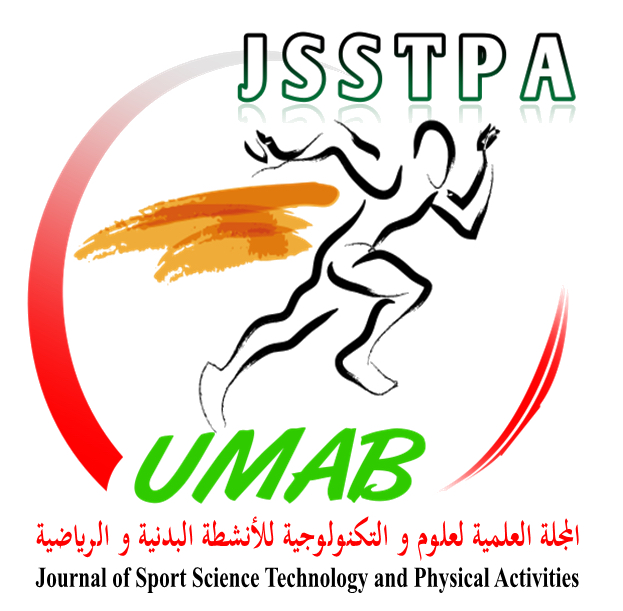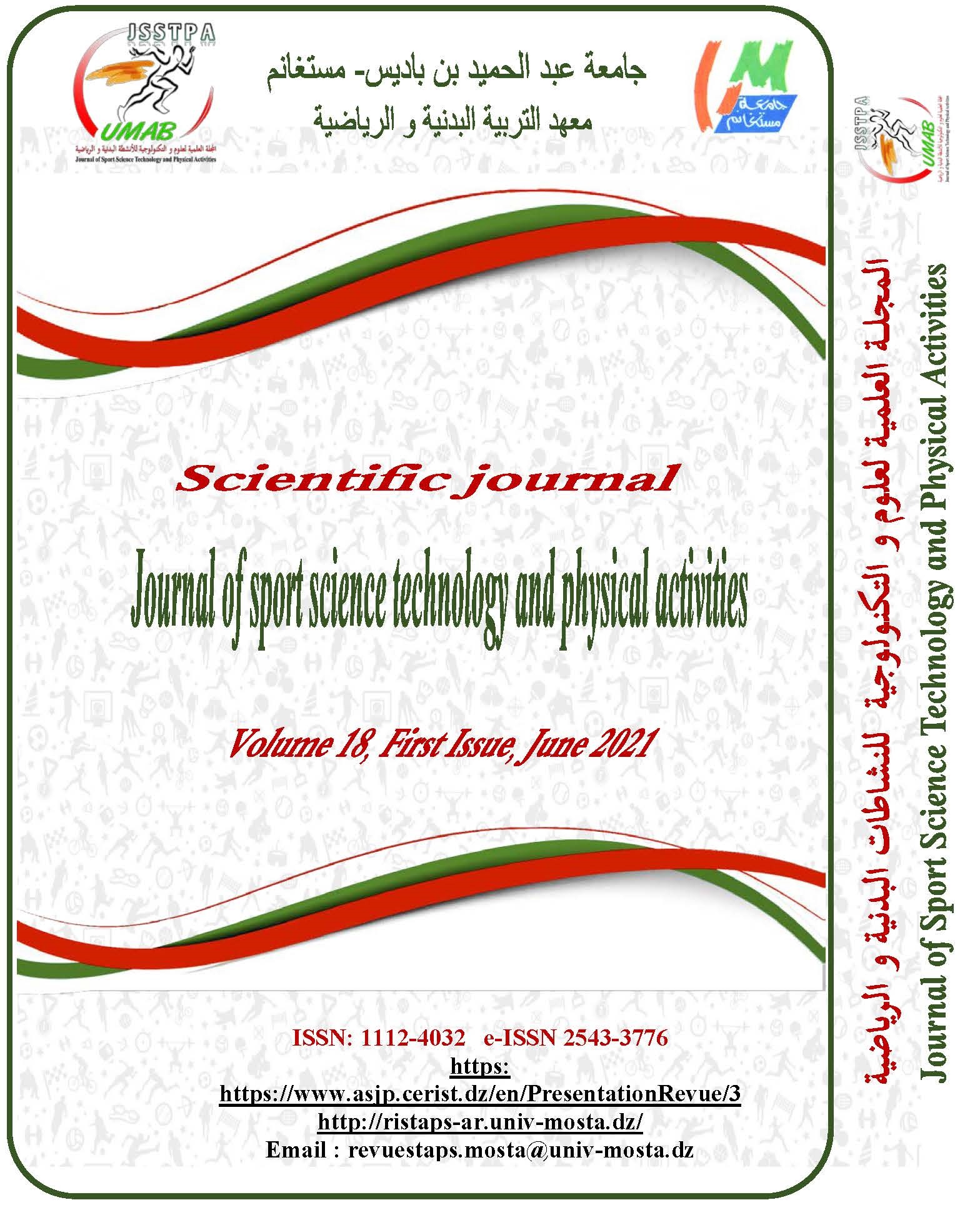Effects of Blood Flow Restriction Training on Strength and Muscle Volume After Prolonged Training Disruption Due to SARS-CoV2
Keywords:
Hypertrophy, Blood Occlusion, Muscle Strength, Stop Training, Covid-19Abstract
The aim of this study is to compare two training models; High Load Resistance Training (HL-RT) and Low Load Blood Flow Restriction (LL-BFR), on muscle hypertrophy and maximum strength after stopping training. Sample: 16 subjects divided into two groups of 08 and followed a training for 08 weeks, in HL-RT and LL-BFR. Results: increased hypertrophy in both groups, and improved strength in the HL-RT group. Conclusion: training in blood occlusion offers an alternative to athletes with a prolonged cessation of trainingSW, by maintaining a good level of performance with better fatigue management
Downloads
Published
How to Cite
Issue
Section
License
Copyright (c) 2025 Journal of Sport Science Technology and Physical Activities

This work is licensed under a Creative Commons Attribution-NonCommercial-NoDerivatives 4.0 International License.


